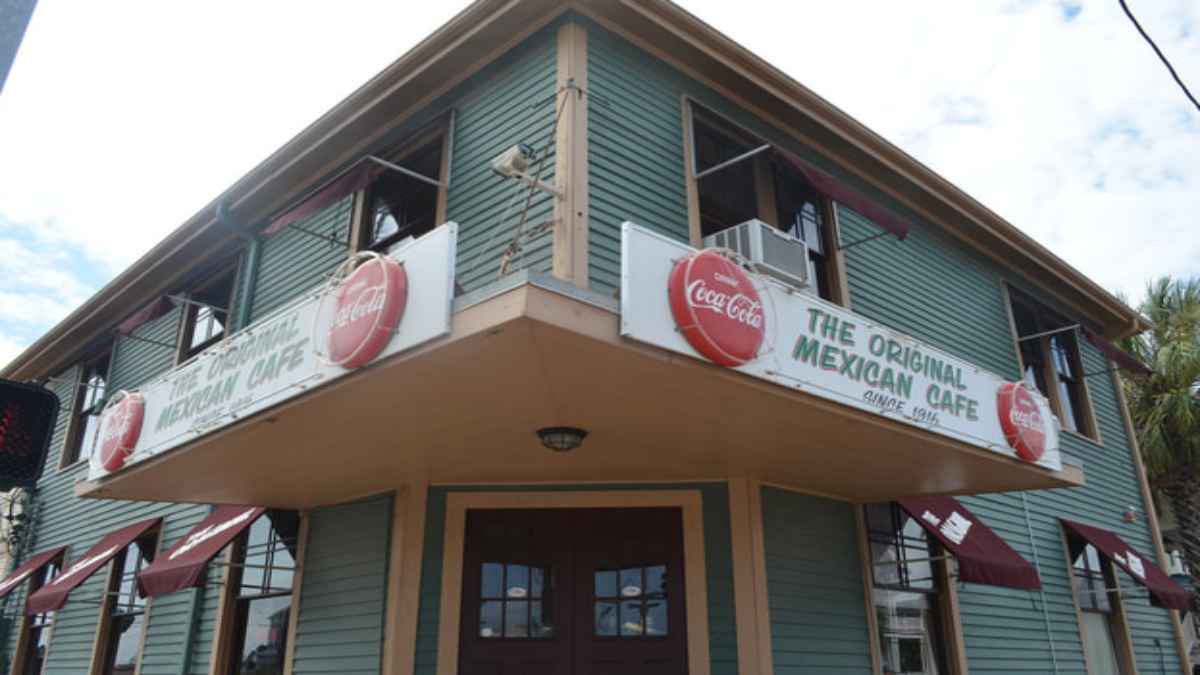Introduction
Galveston, Texas, often referred to as “The Original Galveston,” is a city steeped in history, culture, and resilience. Situated on the Gulf Coast, this island city has witnessed centuries of transformation, from indigenous settlements to becoming a pivotal port in the United States. This guide delves into the multifaceted history of Galveston, highlighting its indigenous roots, colonial encounters, economic boom, cultural significance, and the challenges it faced over the years.
Indigenous Beginnings: The Karankawa and Akokisa Tribes
Long before European explorers set foot on Galveston Island, it was inhabited by the Karankawa and Akokisa tribes. These indigenous peoples thrived in the region, utilizing the island’s resources for sustenance and shelter. Their presence laid the foundation for the rich cultural tapestry that would later define Galveston.
European Exploration and Early Encounters
In 1519, Alonso Álvarez de Pineda’s expedition sailed past Galveston Island, marking one of the earliest European encounters with the area. Subsequently, in 1528, Spanish explorer Álvar Núñez Cabeza de Vaca was shipwrecked near the island, referring to it as “Isla de Malhado” or “Isle of Doom.” This event marked the beginning of European interest in the region.
The Pirate Era: Jean Lafitte’s Influence
In the early 19th century, the infamous pirate Jean Lafitte established a base on Galveston Island. Operating under the guise of a privateer, Lafitte and his followers formed a settlement known as “Campeche.” This pirate haven played a significant role in the island’s early development, contributing to its lore and mystique.
Founding of Galveston City
The modern city of Galveston began to take shape in 1836 when Michel B. Menard and several associates purchased land on the island. They organized the Galveston City Company, laying out a town that would become a vital hub for trade and commerce. By 1839, Galveston was officially chartered, setting the stage for its future prominence.
Economic Boom: The “Wall Street of the South”
During the mid-19th century, Galveston earned the moniker “Wall Street of the South” due to its thriving economy. The city’s strategic location made it a central point for trade, particularly cotton exports. The development of the Galveston Wharves in 1854 further solidified its status as a major port, facilitating the movement of goods and people.
Cultural Significance: Birthplace of Juneteenth
Galveston holds a special place in American history as the birthplace of Juneteenth. On June 19, 1865, Union General Gordon Granger arrived in Galveston and announced the emancipation of enslaved individuals in Texas, more than two years after the Emancipation Proclamation. This pivotal moment marked the beginning of the end of slavery in the United States.
The Great Storm of 1900
One of the most defining events in Galveston’s history was the Great Storm of 1900, the deadliest natural disaster in U.S. history. The hurricane struck the island with little warning, resulting in the loss of thousands of lives. In its aftermath, the city undertook massive reconstruction efforts, including the construction of the Galveston Seawall, to protect against future storms.
Resilience and Revival
Despite the challenges posed by natural disasters and economic shifts, Galveston has demonstrated remarkable resilience. The city’s commitment to preserving its historical landmarks, such as the Ashton Villa and the George Ball House, showcases its dedication to honoring its past while embracing the future.
Conclusion
Galveston, Texas, stands as a testament to the enduring spirit of its people and the rich tapestry of its history. From its indigenous roots to its rise as a bustling port city and cultural landmark, “The Original Galveston” continues to captivate those who seek to understand its multifaceted heritage.
FAQs
1. What is the significance of Galveston in American history?
Galveston played a pivotal role in American history as a major port city, the birthplace of Juneteenth, and a site of resilience following the Great Storm of 1900.
2. Who were the original inhabitants of Galveston Island?
The Karankawa and Akokisa tribes were the original inhabitants of Galveston Island, utilizing its resources for sustenance and shelter.
3. What role did Jean Lafitte play in Galveston’s history?
Jean Lafitte established a pirate settlement known as “Campeche” on Galveston Island, contributing to its early development and lore.
4. When was the city of Galveston founded?
Galveston was founded in 1836 when Michel B. Menard and several associates purchased land and organized the Galveston City Company.
5. What event led to the establishment of Juneteenth?
On June 19, 1865, Union General Gordon Granger announced the emancipation of enslaved individuals in Texas, marking the establishment of Juneteenth.
6. How did Galveston recover from the 1900 hurricane?
In the aftermath of the 1900 hurricane, Galveston undertook massive reconstruction efforts, including the construction of the Galveston Seawall, to protect against future storms.
